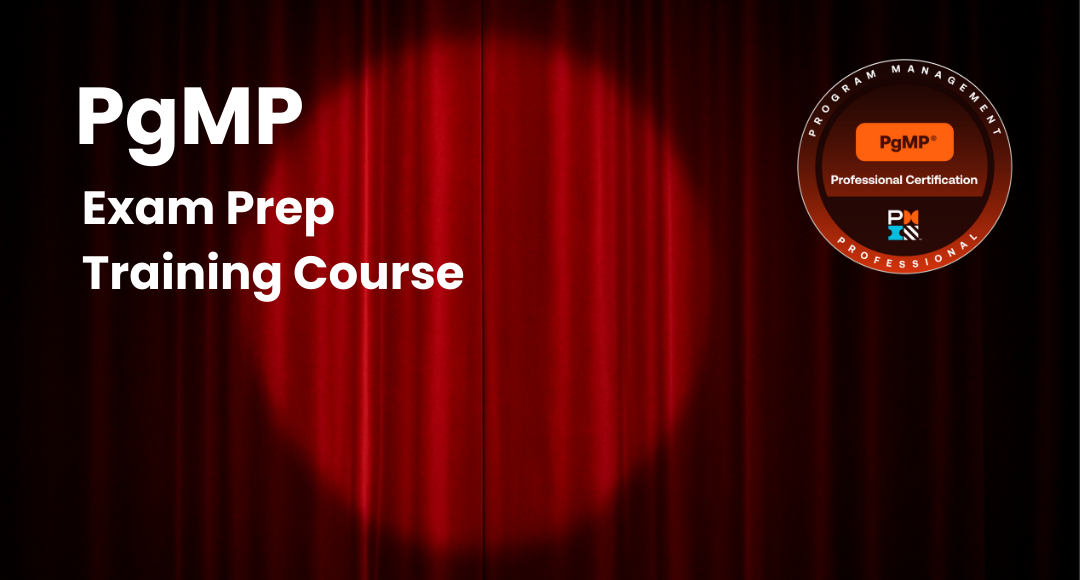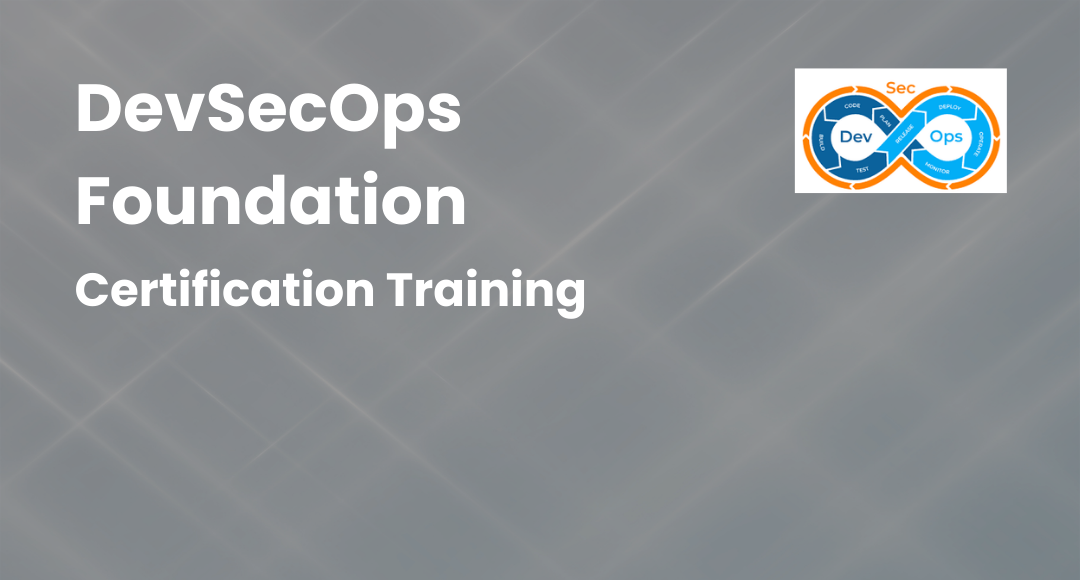Scrum Interview Questions and Answers 2026
-
 By Nandini
By Nandini - Published on Feb 12 2024

Table of Contents
Most Popular Scrum Interview Questions and Answers
Currently, with the increasing scope of technology, the field of Project Management is demanding more accurate methodologies. And when it comes to an accurate form of methodology, then there is nothing better than Agile Scrum Methodology.
Almost 97% of enterprises or organizations are using the methods of Agile Scrum in one way or another. The area of Scrum in the IT market is expanding exponentially. And most organizations are trying to adopt and adapt to the ideology and method of Agile Scrum.
Such a wider level of acceptance of the Agile Scrum methodology has stimulated the demand for Scrum Masters in the market. There are many serious roles for a Scrum Master in any organization.
In this article, we will comprehensively discuss various important Scrum interview questions. And by going through all these Scrum Interview questions and answers, a person can easily prepare for their Scrum Master interview.
The popular scrum Interview questions and answers will guide you in setting up the answers identified with your niche.
Role of a Scrum Master
Broadly, a Scrum Master plays three major roles in any organization. They work as a Product Owner, A Scrum Master who knows how to use Scrum tools and Agile methodology, and an Agile coach. However, based on these roles, a Scrum Master gets various types of duties in any organization.
It is even possible for a Scrum Master to become an Agile Project Manager in any organization. As they climb the ladder of promotion, they may also end up becoming Senior Project Consultants in any Agile-based Organization.
But the journey of becoming a Scrum Master is full of ups and downs. If an individual aspires to become a Scrum Master, then he has to make an effort.
He has to grind through various training programs and Scrum-based certification exams. After clearing all sorts of exams, achieving certifications, and participating in training programs, the only thing one has to go through is an interview.
The Scrum interviews are designed or framed in such a way that; an employer can not only check the theoretical clarity of an individual. But they all can also test the practical skills of an individual.
Top Scrum Interview Questions and Answers
The Scrum Interview questions and answers will help you know more about the type and answers of the questions. Through this, you can enhance your knowledge of the basic topics to be expected in the interview. Nonetheless, the viva can be derived from diverse topics within the niche. Let’s check out more of the scrum interview questions and answers:
1) What do you mean by Scrum?
Scrum can be defined as an agile framework that allows a team to work together in an agile environment. This methodology allows a team to learn from their mistakes and experiences.
Further, Scrum also gives a Scrum Team a whole room to self-organize when they are working on any issue. It helps them to reflect on their success and failures. Providing a team with such important aspects, it ultimately allows a team to improve in a holistic manner.
2) What are the roles in Scrum?
Generally, an individual who has the knowledge and skill related to Scrum Can play three major roles in any organization. The types of the role a person can expect in a scrum environment are:
Product owner: A Product Owner can be defined as a professional who is responsible for determining the features of a product. They are also responsible for prioritizing all those features of a product into a list.
Further, they also decide about the things that should come in the next Sprint and other such activities. All the features of any product are continuously reprioritized until the required product objective is procured.
Scrum Master: A Scrum Master can be described as a professional who helps a team to learn and apply Scrum approaches in any process. He makes sure the planned business goals are achieved with the help of Scrum approaches efficiently.
The major role of a Scrum Master is to remove all sorts of hindrances and distractions that may disturb a Scrum Team while carrying out any project or process.
Scrum Team: A Scrum Team can be defined as a group of people who have the foundational knowledge of Scrum and have the ability to use the Scrum approaches in real life to procure business and project-related costs. Their main motive is to deliver all the requirements of the stakeholders.
3) Define the responsibilities of the Scrum Team.
The scrum team is considered a continuously self-organizing team. in Italy, a Scrum Team consists of five to seven members, and each of them has different responsibilities. Some of the major responsibilities of a Scrum Team are:
- They work on products that are needed to be developed and delivered during each Sprint.
- They put in the effort to enhance transparency and guarantee transparency for each work assigned to each team member.
- It is necessary for the Scrum Team leader to provide the right and brief amount of information to a Scrum Team in order to achieve the project-related goals.
- The major role of a Scrum Team is to work in a collaborative manner in the agile project environment.
4) Distinguish between Agile and Scrum.
The differentiation between agile and Scrum is based on the conceptual and foundational theory of the agile course. So, the major differences between agile and Scrum are:
Agile
It can be defined as a set of methods or principles that are repetitive in nature as well as incremental in nature. It is suitable for projects that involve a small team. The head of a project takes all the responsibility to manage all the tasks that are vital in a project. Agile changes are not easy to handle.
Additionally, it demands a project team to deliver to the end-user frequently. It allows cross-functional teams to interact directly face to face. Ultimately with agile, design and execution are very easy.
Scrum
Scrum, on the other hand, can be defined as an implementation of agile. It allows a team to handle changes in requirements continuously. There are no leaders of a Scrum Team. However, issues are handled by Scrum Masters and the Scrum Teams.
The scrum environment is highly responsive to any type of change. And this is the reason why a Scrum Team quickly reacts to any type of change.
Sprints in Scrum allow a team to provide an end product to the stakeholders with a workable build. In comparison to jail, the design and execution part of Sprint needs more innovation and experimental moves.
Intermediate Scrum Interview Questions and Answers
The intermediate Scrum Interview questions and answers to begin with are,
5) What do you know about the artifacts of the Scrum process?
Product backlog: the product workflow can be defined as a list that consists of new features, changes to features, bug fixes cover changes related to infrastructure and other activities that guarantee a certain output.
Sprint backlog: Sprint is basically a subset of the product backlog. It comprises tasks that are aimed to guide a Scrum Team to achieve a Sprint goal. A Sprint team firstly identifies the tasks that are needed to be finished or procured.
The extreme team basically chooses the tasks from the product backlog. After choosing a task from the product backlog, those tasks are transferred to the Sprint backlog.
Product increment: The product increment can be defined as a compilation of all the project backlogs that were transferred into the Sprint backlog.
It also consists of information about previous Sprint increments. Whatever the situation may be, the output of the product, the increment can be used even as it is not released by the product owner.
6) Differentiate between Product Backlog and Sprint Backlog.
Product Backlog:
The Product Backlog can be defined as a whole list of items and tasks that are needed to be completed in a given period of time. The product backlog is basically collected from the customers and by the product owner. And then, the product owner assigns items in the product backlog to the best dream team.
The product worklog consists of a specific end goal or objective. And it is designed on the basis of a customer's vision. It does not rely upon the sprint backlog. Rather it is independent of the Sprint backlog.
It is the responsibility of the product owner to maintain the product backlog until and unless the project is completed and all the project-related goals are procured.
Sprint Backlog:
The sprint backlog can be defined as an implementation of the product backlog. The tasks that are listed in the sprint backlog are needed to be completed within a particular spirit. For the Sprint backlog at the Scrum Team is responsible for collecting all the tasks listed in the sprint backlog.
After collecting all the required tasks mentioned in the sprint backlog, something has to set a framework for the Sprint. Unlike product backlog, sprint backlog specifically works according to a sprint.
Sprint backlog relies upon the vision of the product owner. The Sprint backlog completely depends upon the product backlog as it is an implementation of the product backlog.
After completing the Sprint backlog in a particular Sprint, the Scrum Team is responsible for adding new backlogs for the new Sprint.
7) How will you define a Scrum Master? What is the role of a Scrum Master?
A Scrum Master can be defined as a professional who works hard enough to guide a Scrum Team to use Scrum approaches to achieve project goals. Some of the most important roles of a Scrum Master in an organization are:
- A Scrum Master is such a professional who understands each and every principle or rule, discipline, and value of Scrum. He is such a professional who is trained to use Scrum tools & approached.
It possesses Scrum skills to guide any Scrum Team to complete various tasks related to different project processes.
- A Scrum Master is responsible for making sure that all the values and principles of Scrum are followed by the Scrum Team members.
- They work efficiently to remove all types of distractions and disturbances that can possibly hamper the productivity of a Scrum Team and which can also hamper the progress of any project.
- And most importantly, a Scrum Masterworks and guides a Scrum Team to achieve the scrum value in an agile project environment.
8) What is the purpose of daily Stand-up sessions?
Stand-up sessions can be described as short and crisp sessions. Generally, a stand-up session lasts for only 15 minutes. In a standard session, a product owner or a scrum master clarifies the roles and responsibilities of each member involved in the scrum management team. They define:
- They successfully added the number of tasks that went well.
- It also includes completed tasks on the list.
- In the stand-up session, the scrum management team pictures the pending tasks followed by the obstacles and hindrances the team is facing to turn it into a reality.
- These stand-up meetings or conducted to get a general high-end perspective of the project status and whether the team is following the project charter trail or not.
9) What do you mean by Scrum-ban?
This is a methodology that combines the discipline of knowledge bodies like Scrum and Kanban. It is used mostly to meet the needs of teams by minimalizing the batching of work in a way projecting automation to adopt a full-based system.
The scrum ban includes the structure of the Scrum and the vision of Kanban. This project management framework is devised to make predictable routines of the Scrum and ultimately facilitate the flexibility to the scrum teams they were in need of. It is ideal for quoting that the scrum ban is a hybrid methodology.
Advanced Scrum Interview Questions and Answers
Here are the advanced Scrum Interview questions and answers for freshers and professionals,
10) How will you defend Sprint 0 and Spike?
We can define spread 0 as a small amount of effort that the scrum management team puts in to create a rough framework of the product backlog. In general, it includes insights into office tuition related to product release and is required for the creation of research spikes by keeping minimalistic design alive throughout the process.
This also includes the development of some user stories by having low velocity and Bing light weighted in functionality.
We can define Spike, on the other hand, as the tool that is used to you reduce the risks of technical approaches. Spike is used in understanding the requirements and improving the quality and reliability of the product.
11) Define the Scrum of Scrums.
This is a turn that is commonly used in scale design framework and technologies that elaborates the constructive definition of independent and diverse scrum teams. The Scrum of scrums terminology is used in situations where teams are collaborating on any challenging assignments, either remotely or on-site.
To make this happen, a product owner has to be very much cautious in delegating authority to the scrum teams. He has to make sure that the teams he has chosen are ready to mash without any prejudice and work for the big picture.
He has to further ensure that transparency, collaboration, and adoption are visible in the environment. If these progressive factors are in control, then developing a product as well as deploying and delivering becomes very easy.
12) What is the purpose of Sprint Retrospective?
The purpose of but typical Sprint retrospective model this to ensure what worked well, what could be improved, and what we will have to commit to in the next Sprint.
The scrum team members work closely to make and record these actionable commitments. The mantra to elevate the next Sprint retrospective is on keeping simple, staying focused, incorporating novelty, and bringing in outside perspective.
13) How will you define User-Story Mapping?
The art of arrangement of user stories with the help of system functionalities for my system backlog, planning the release, and providing value to the customer is termed user Stories mapping.
In general, the arrangement is made according to the priorities both on a horizontal as well as a vertical axis that ought to be represented based on the sophistication and complexities involved.
14) How will you define Empirical Process Control in Scrum?
The works that are based on facts, experiences bag with evidence, and observations followed by experimentation; it's called our empirical process control. The whole process stands on transparency, observation, and analytical adaptation.
The target is to achieve agility by fostering culture and essentials like the mindset of the team to shift in the thought processes.
15) Discuss the drawbacks of using Scrum.
As the project management team includes a diverse relationship among different teams that come under one roof to create a product or a solution based on user stories, and feedback and create relatedness of customers by reaching continuous customer satisfaction.
No one knows better than a scrum management team about adapting to change. The whole environment runs on change and seldom moves into frustration.
This is a reason that a scrum master with less experience is not an ideal candidate to lead the project. He has to ensure the tasks are well defined and are free of inaccuracies. Some drawbacks include such as:
- It requires individuals with a wide scope of experience in scrum management.
- There should be a sense of committed collaboration among the team members to ensure results within the threshold time.
- Scrum usually works best for small projects, and the difficulties increase as the scale increases.
16) Describe the skills of a Scrum Master.
A scrum master has to be an expert and strongly understand the concepts of Scrum and agile. He should be a servant leader with familiarity with technologies used by his team. In order to coach and teach the team, the scrum master has to follow the scrum practices rigorously.
He must handle disruptions with abilities like interpersonal communication, conflict resolution, and empathy. Furthermore, he has to be found tuned but organizational skills, leadership, training, and development, and lastly, he should be a great planner.
17) How would you deal with discord within a Scrum Team?
Issues are quite permanent in a scrum management environment. We cannot deny conflicts arise from issues that are unidentified and unaddressed.
Trying to diffuse the disagreement and emphasizing focus areas alone will not help without establishing complete ownership of needs. This can only be done if continuous monitoring of performance is visible to the scrum master as well as his team.
18) Will you describe a User Story?
It is a tool used in software development as well as project management to facilitate teams the language and explanation of the features of the project from the perspective of the end-user or the consumer.
The customer or the end-user 10 via external component or can be an internal customer within the organization so the user story follows a trail that can be regarded as a general overview with little details about the sudden type of tasks or work that brings value.
We can define it as a building block or an initiative to establish an agile framework across the team.
It also helps the team to increase the synergy and collaborate in the pursuit of goal realization. These are generally recorded on the post, IT notes, index cards, or in project management systems.
19) Differentiate between User Stories, Epics, and Tasks.
User stories are simple explanations of the business requirements created from the perspective of the end-user. They may not contain the technical details but a general overview of what the customer wants from the product or the solution. It is the work of a business analyst to record and document user stories in a language that is understandable to the scrum management team.
Epics - It's a complex collection of records related to user stories. We can refer to ourselves as a Handbook of requirements.
A task is a tool that is used to break down user stories into the smallest units and forms a track work. Each individual team is then forwarded their respective tasks, which they need to complete within a time-boxed framework.
20) How will you describe Sprint?
It is a time-boxed iteration, which is a specific module or feature of the product that has to be created after stand-up sessions find meetings. Sprints usually are conducted between a week or two to receive feedback from the stakeholders and discuss the strategies if any change request comes up.
It is the responsibility of a product owner to empower his vision for the project and anticipate the needs of the customer by creating appropriate user stories. This is followed by an evaluation of project progress and product-related questions.
Generally, the burn-up chart and burn-down chat are used as a common graphical representation of the project's progress.
With the help of user stories and graphical interfaces like the above, an assessment of a particular scale and estimation is done. This helps in the emanation of risk involved in exceeding the budgets, improving the capabilities and skills of team members, and the scope of work.
Ideally, the aim of sprints is to identify risk by analyzing and defining the implementation strategies. The team, as well as the product owner, has to monitor and manage the risk responses on a continual basis.
Conclusion
To nail up the interviews at the best, you must prepare well for the basic Scrum Interview questions and answers. On the handing, taking the Scrum Interview questions and answers preparation course proves beneficial.
To get full details about Scrum training courses and top scrum certifications, reach us at Click Here or chat with course expert
Popular Scrum Certification Courses Recommended for you:
CSPO Certified Scrum Product Owner Certification
CSM Certified Scrum Master Training
Recommended Read - CSM or CSPO - which certification is better for you?
Subscribe to our Newsletters
Popular Programs
PSM® - Professional Scrum Master Certification
Live Virtual Training
- 4.8 (75 + Ratings)
- 45k + Learners
Trending Posts
Scrum vs Safe – Differences Explained
Last updated on Jul 26 2022
Latest Agile Interview Questions and Answers To Look For In 2026
Last updated on Jul 21 2023
SAFe Implementation Roadmap Guide
Last updated on Sep 13 2024
Scrum Master Career Path Explained
Last updated on Jul 5 2022
Scrum Career Path Explained
Last updated on Jul 14 2022
Guide to Agile Project Management 2026
Last updated on Jan 30 2024
Categories
- Other 69
- Agile Management 45
- Cloud Computing 56
- Project Management 172
- Big Data 66
- Business Management 88
- Digital Marketing 78
- IT Service Management 29
- Programming Language 58
- AI and Machine Learning 76
- IT Security 112
- Quality Management 78
- IT Hardware and Networking 25
- Microsoft Program 4
- Workplace Skill Building 13
- Risk Management 9
- Information Security 8
- Leadership and Management 9
- Corporate Training and Development 1
Trending Now
List Of Traits An Effective Agile Scrum Master Must Possess
ArticleDevOps Vs Agile Differences Explained
ArticleDevops Tools Usage, and Benefits of Development Operations & VSTS
ArticleAgile Scrum Methodology - Benefits, Framework and Activities Explained
ArticleGuide to Agile Project Management 2026
Article10 best practices for effective DevOps in 2026
ArticleGuide to Becoming a Certified Scrum Master in 2026
ArticleWhy Should You Consider Getting a Scrum Master Certification?
ArticleCSM vs CSPO: Which Certification is Right for You?
ArticleAgile Manifesto - Principles, Values and Benefits
ArticleAgile Methodology Explained in Detail
ArticleAgile Project Management Explained
ArticleEverything about Scrum Methodology
ArticleLatest Agile Interview Questions and Answers To Look For In 2026
ArticleTop Scrum Master Responsibilities 2026 (Updated)
ArticleScrum vs Safe – Differences Explained
ArticleCSM vs. PSM - Which Scrum Certification is Better?
ArticleSAFe Implementation Roadmap Guide
ArticleAgile Release Plan Guide
ArticleAgile Environment Guide
ArticleAgile Coaching Guide - Best Skills for Agile Coaches
ArticleAgile Principles Guide
ArticleSAFe Certifications List - Best of 2026
ArticleAgile Prioritization Techniques Explained
ArticleScrum Ceremonies Guide
ArticleProduct Owner Certifications List
ArticleScrum of Scrums Guide
ArticleBusiness Agility Guide - Importance, Benefits and Tips
ArticleStakeholder Engagement Levels Guide
ArticleScrum Master Career Path Explained
ArticleScrum Career Path Explained
ArticleScrum Workflow - A Step by Step Guide
ArticleA guide to Agility in cloud computing
ebookProduct Roadmap: An Ultimate Guide to Successful Planning and Implementation
ArticleProduct Life Cycle in Marketing: Essential Strategies for Product’s Success
ArticleProduct Life Cycle Strategies: Key to Maximizing Product Efficiency
ArticleScrum Master Salary Trends in 2026
ArticleProduct Life Cycle Model: A Guide to Understanding Your Product's Success
ArticleWhat is a Product Owner - Role, Objectives and Importance Explained
ArticleSuccessful Product Strategies for Introduction Stage of Product Life Cycle
ArticleUnlocking Career Opportunities in Product Management: Your Roadmap to Success
ArticleSaturation Stage of Product Life Cycle: Complete Guide
ArticleEssential Tools for Agile Project Management 2026
ArticleImportance of Procurement Management Software in Modern Business
Article
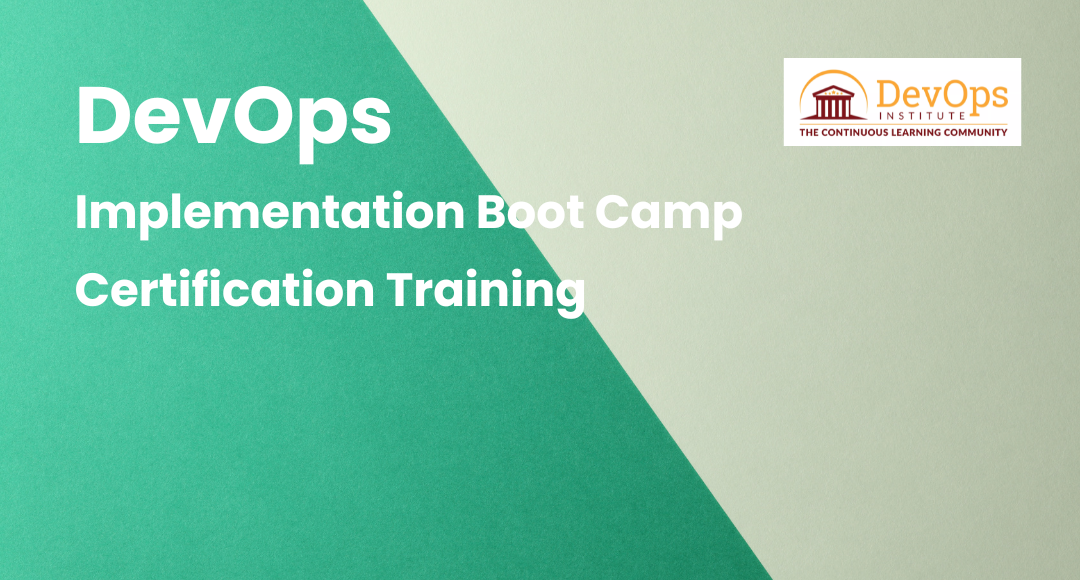
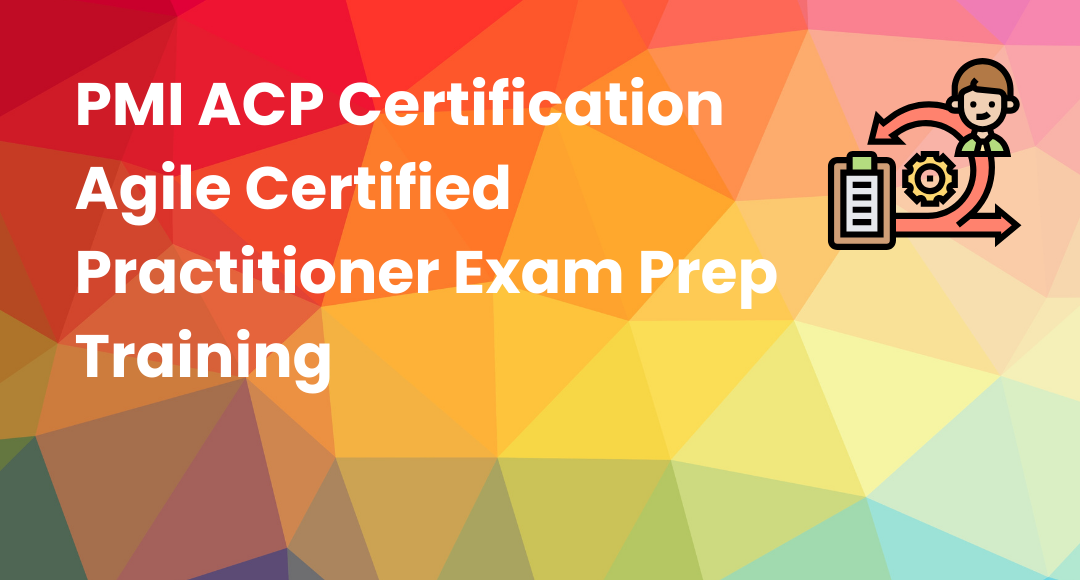

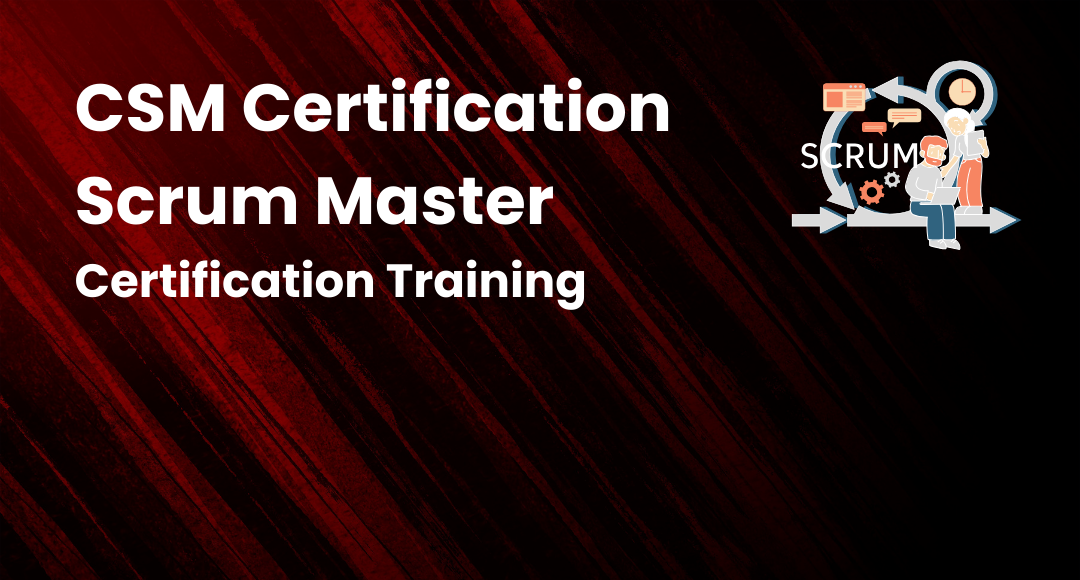
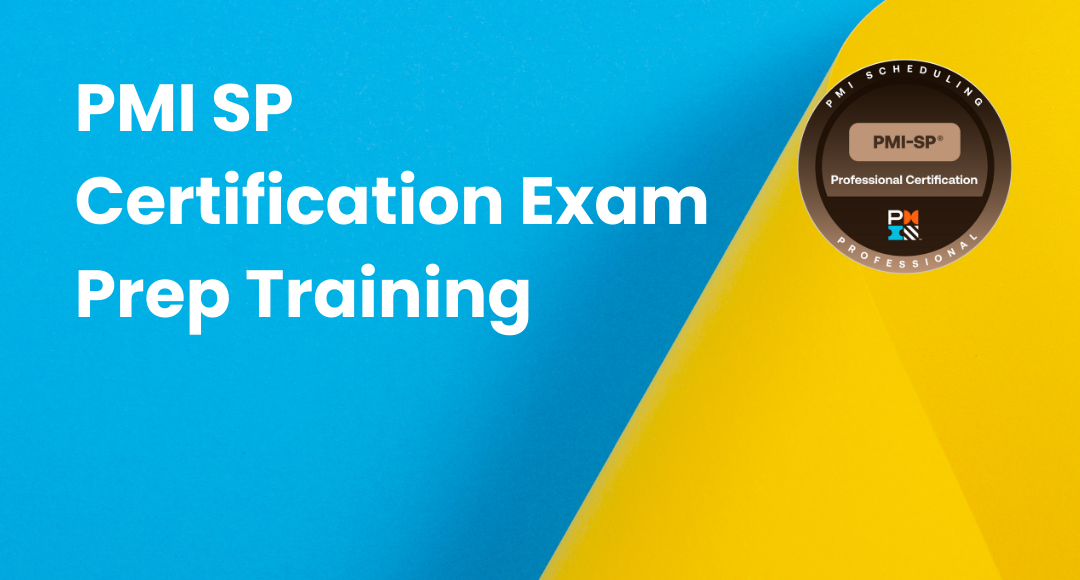

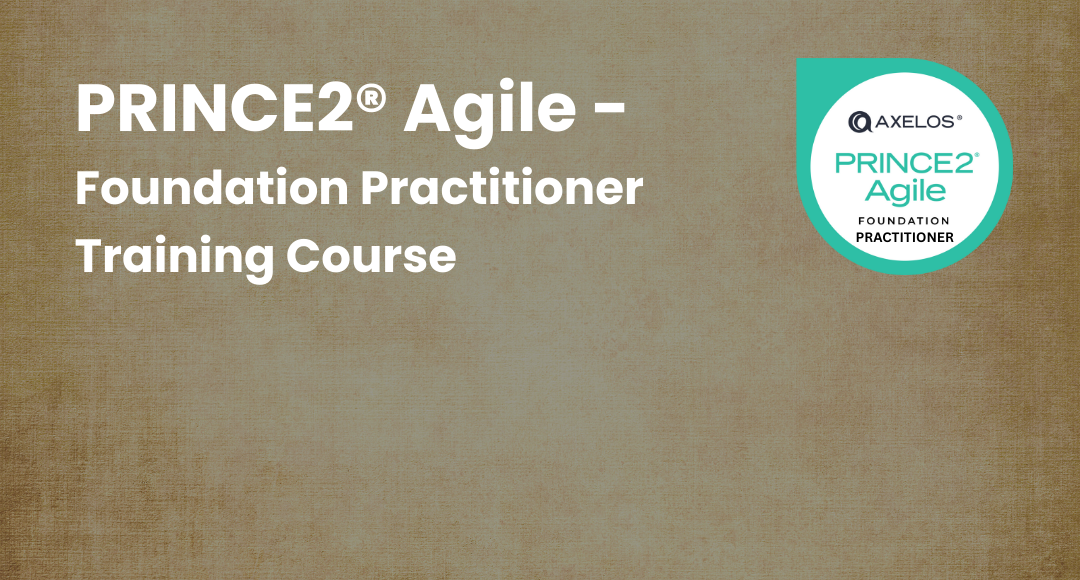
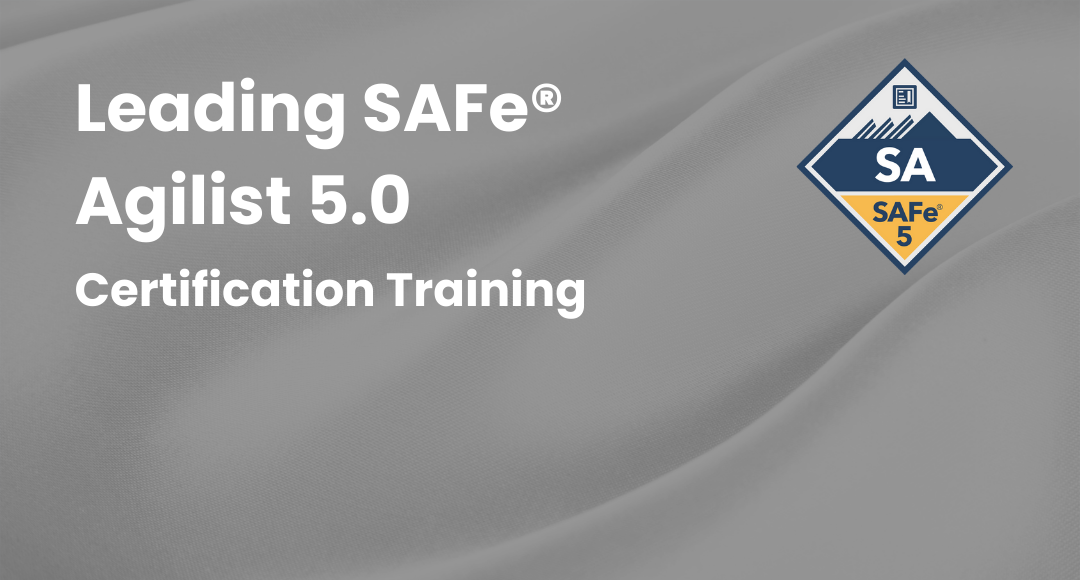
+Certification+Training.png)
